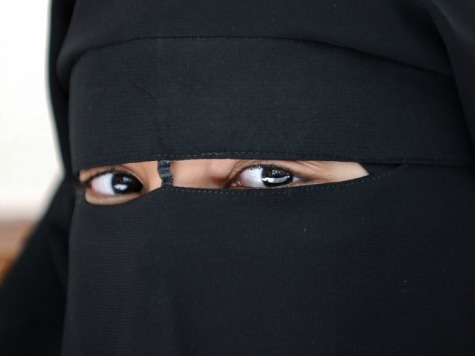LONDON (Reuters) – When youth worker Sumreen Farooq was abused in a London street, the 18-year-old decided it was time to take a stand – and she started to wear a headscarf.
Farooq is one of many young Muslim women living in Britain who have, for various reasons, chosen to adopt the headscarf to declare their faith to all around them, despite figures showing rising violence against visibly identifiable Muslims.
For despite a common view that young Muslim women are forced to wear veils by men or their families, studies and interviews point to the opposite in Muslim minority countries where it is often the case that the women themselves choose to cover up.
“I’m going to stand out whatever I do, so I might as well wear the headscarf,” said Farooq, a shop assistant who also volunteers at an Islamic youth centre in Leyton, east London.
While just under five percent of Britain’s 63 million population are Muslim, there are no official numbers on how many women wear a headscarf or head veil, known as the hijab, or the full-face veil, the niqab, which covers all the face except the eyes. The niqab is usually worn with a head-to-toe robe or abaya.
But anecdotally it seems in recent years that more young women are choosing to wear a headscarf to assert a Muslim identity they feel is under attack and to publicly display their beliefs.

COMMENTS
Please let us know if you're having issues with commenting.